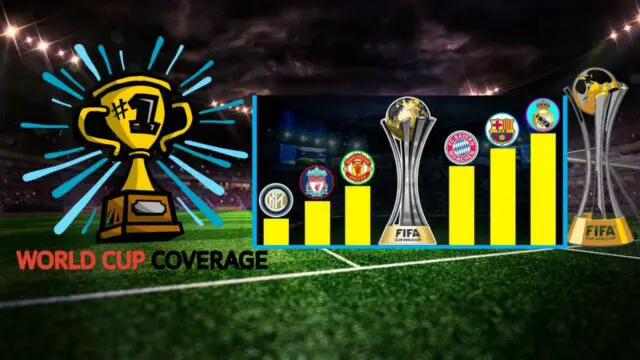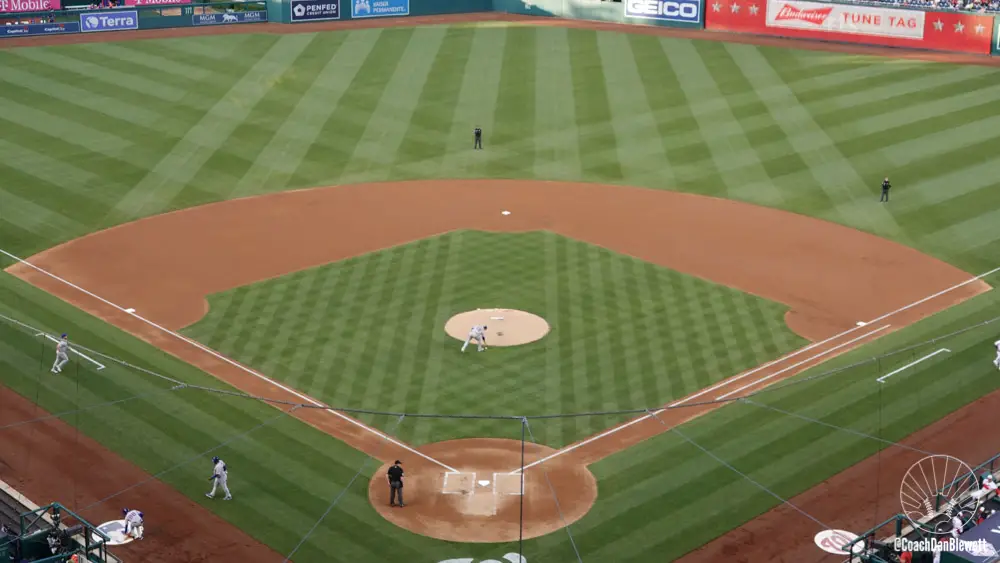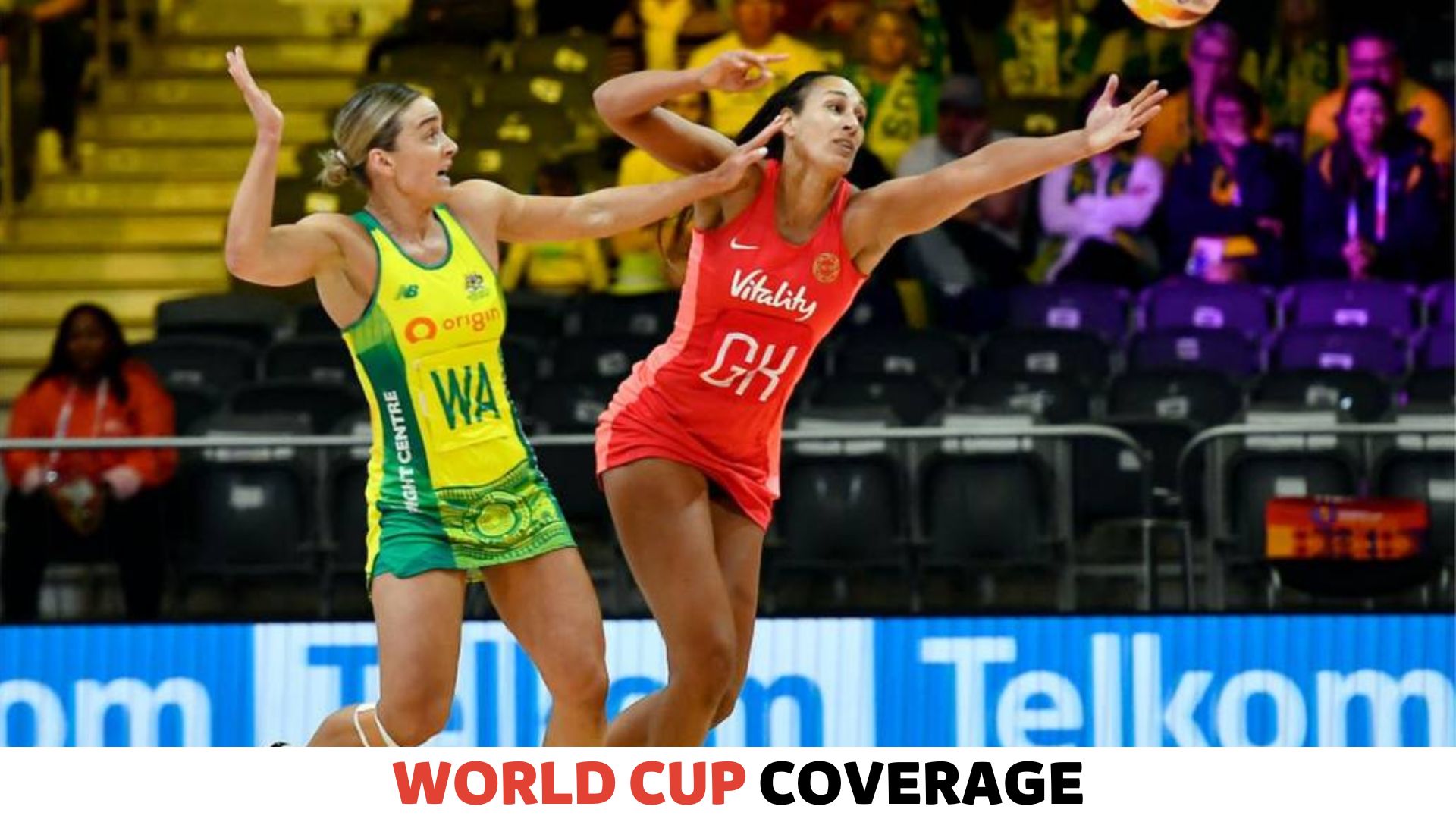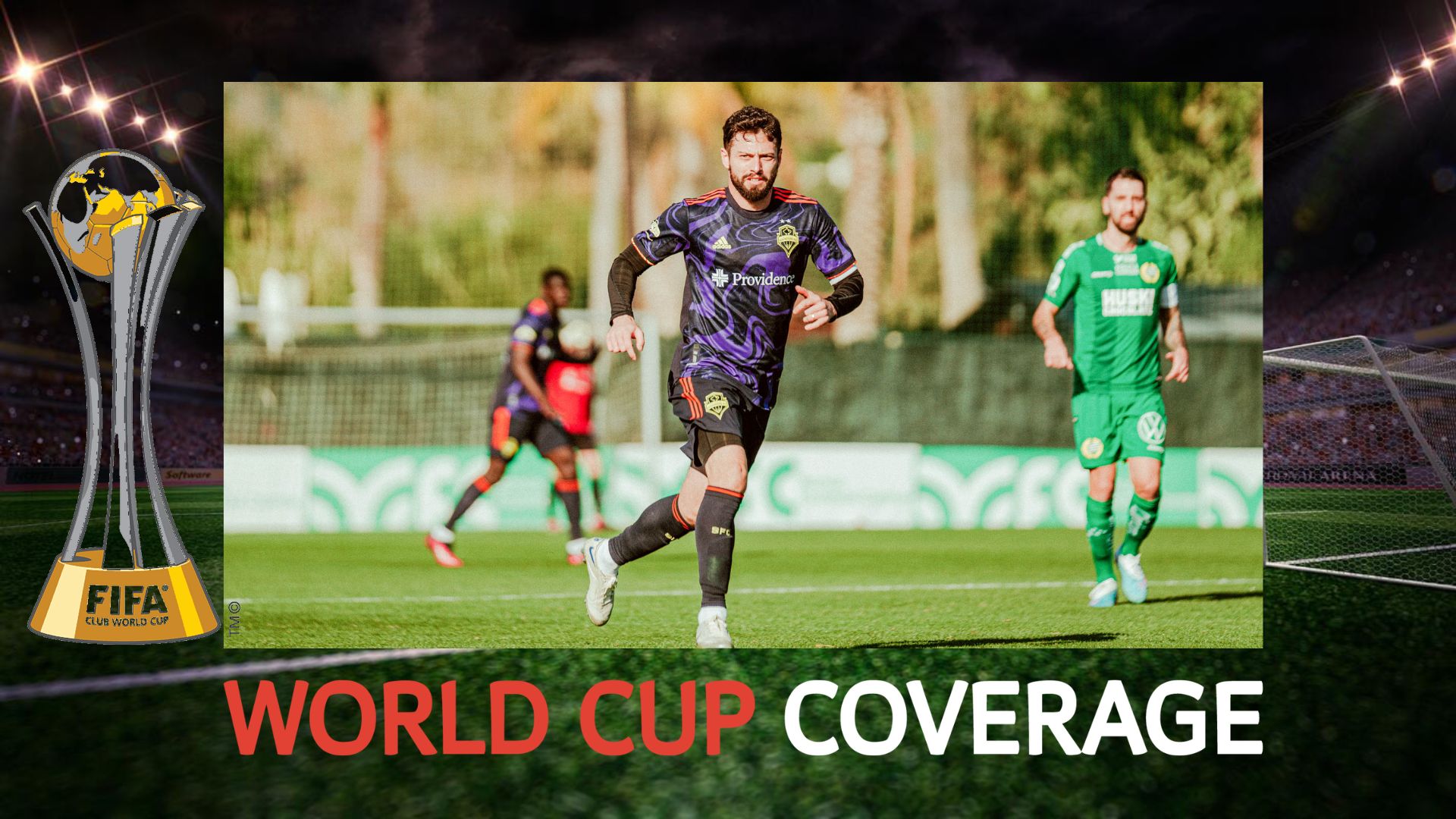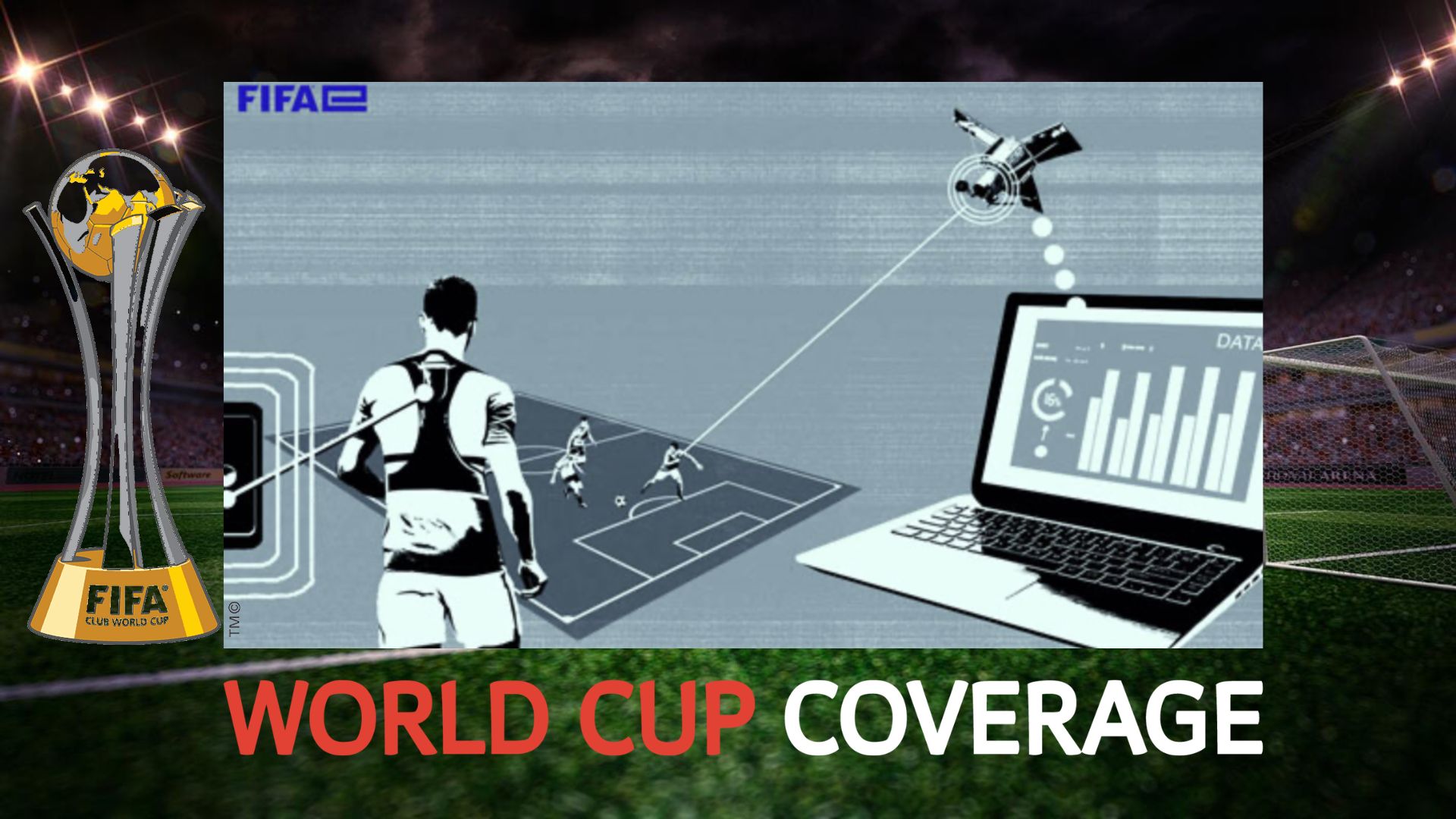The FIFA Club World Cup is a football tournament on an international level. History of the FIFA Club World Cup started in 2000 and has been held annually since. The current format has seven teams compete for the title over two weeks at sites inside the host country. FIFA recognizes the victors of each event as club world champions.
Real Madrid holds the record for most championships, having won the competition four times. Corinthians’ first-ever triumph is still the best result from a host country’s national league champions. Spain has won the competition seven times, the most of any country. Chelsea is the current global champion.
The FIFA Club World Cup History
We will look at the key things that have been achieved and recorded in this tournament so far. Let’s look at the tabular format of timelines of clubs that won and how it shaped the evolution of the FIFA Club World Cup.
How the Journey Started
In 1887, the inaugural club event, the Football World Championship, took place. The Sir Thomas Lipton Trophy was won by English, Italian, German, and Swiss clubs in 1909 and 1911 in Italy. FIFA’s proposal to organize international club championships dates back to the early 1950s.
The FIFA Club World Cup is a football competition organized by the Fédération Internationale de Football Association (FIFA). The competition was first contested in 2000 as the FIFA Club World Championship.
It was not held from 2001 to 2004 due to a combination of factors of FIFA. But since 2005, it has been held annually and has been hosted successfully by Brazil, Japan, the United Arab Emirates, Morocco, and Qatar.
The O Estado de S. Paulo newspaper urged that FIFA be involved in the programming of international club championships, noting that “ideally, international events should be played with a timetable established by FIFA.”
The Brazilian FA discovered this in recruiting European teams to the competition. The Pequea Copa del Mundo (Spanish for Small World Cup) was held in Venezuela between 1952 and 1957.
Several later club events conducted in Caracas from 1958 onwards were sometimes referred to by the original 1952-1957 tournament’s moniker. It was normally performed by four people, half of whom were from Europe and a half from South America.
Statistics of FIFA Club World Cup So Far
We will see who won the competition so far and which players are the top scores so far.
List of FIFA Club World Cup Champions
| Winners | Year | Venue |
| Chelsea | 2022 | UAE |
| Bayern Munich, | 2021 | Qatar |
| Liverpool | 2019 | Qatar |
| Real Madrid | 2018 | UAE |
| Real Madrid | 2017 | UAE |
| Real Madrid | 2016 | Japan |
| Barcelona | 2015 | Japan |
| Real Madrid | 2014 | Morocco |
| Bayern Munich | 2013 | Morocco |
| Corinthians | 2012 | Japan |
| Barcelona | 2011 | Japan |
| Inter Millan | 2010 | UAE |
| Barcelona | 2009 | UAE |
| Manchester United | 2008 | Japan |
| AC Millan | 2007 | Japan |
| Inter Millan | 2006 | Japan |
| Sao Paulo FC | 2005 | Japan |
| Corinthians | 2000 | Brazil |
Top Goalscorers
| Player Name | Teams | Goals | Matches | Average Goal Ratio | Years |
| Cristiano Ronaldo | Real Madrid, Manchester United | 7 | 8 | 0.88 | 2008, 2014, 2016, and 2017 |
| Gareth Bale | Real Madrid | 6 | 6 | 1.00 | 2014, 2017, and 2018 |
| Luis Suarez | Barcelona | 5 | 2 | 2.50 | 2015 |
| Lionel Messi | Barcelona | 5 | 5 | 1.00 | 2009, 2011, and 2015 |
The Purpose of the FIFA Club World Cup
‘Bringing together the best domestic talent from across the globe’- is the goal of this Tournament.
Every year, the FIFA Club World Cup sees the winners of each confederation’s premier competition come together with the host nation’s representative to compete for the desirable trophy. Often highly competitive and action-packed, it allows fans of all generations to see global football talents.
Inauguration of the FIFA Club World Cup
The FIFA Club World Championship, held in 2000, was the first major club football tournament held outside of Europe. The tournament awarded US$28 million in prize money, and its television rights, valued at US$40 million, were sold to 15 broadcasters on five continents.
Real Madrid defeated Al-Nassr on penalties, while Corinthians defeated Vasco da Gama on penalties after a 0-0 draw in the final. The competition, which was supposed to take place in 1999 but was postponed until 2001, would have involved 12 clubs.
The competition’s second edition was canceled owing to the bankruptcy of FIFA’s commercial partner, Isthmian Sport & Leisure. FIFA agreed to combine the Inter Cup and Club World Championship in 2004, with the merger being official in December 2005.
FIFA Club World Cup Evolution Over The Years
For the 2011 and 2012 editions, the FIFA Club World Cup returned to Japan. Barcelona won the competition in 2011 with a 4-0 victory over Santos, the highest winning margin in the competition’s history. Corinthians joined Barcelona as a two-time winner in 2012, defeating Al-Ahly 1-0 in the semi-finals.
The FIFA Club World Cup 12th and 13th editions were held in Morocco and Japan, respectively. In 2013, Raja Casablanca became the second African side to reach the final but was defeated 2-0 by Bayern Munich. The 2015 FIFA Club World Cup saw a final between River Plate and FC Barcelona, while the 2016 edition included Kashima Antlers reaching the Final (beating opponents 7-1) versus Real Madrid.
In 2016 and 2018, the UAE hosted the Club World Cup. After defeating Grêmio in the Final, Real Madrid became the first team to defend their championship successfully. Liverpool defeated Flamengo to win the competition for the first time in 2019. Bayern Munich completed their sextuple after defeating Tigres UANL 1-0 in the 2020 edition. Chelsea won the 2021 event, defeating Palmeiras 2-1 in extra time for their first trophy.
From 2019 through 2021, the Club World Cup will be held every four years, replacing the FIFA Confederations Cup. Plans for a new 24-team competition comprising all UEFA Champions League winners, runners-up, and Copa Libertadores winners were meant to begin in 2021. The inaugural competition was scheduled to take place in China, but it was canceled owing to the COVID-19 epidemic.
FIFA announced on December 16, 2022, an enlarged tournament with 32 participants that will begin in June 2025. The International Federation of Professional Footballers and the World Leagues Forum instantly condemned the suggestion.
Format and Rules
As of 2012, most teams qualified for the FIFA Club World Cup by winning their respective continental championships. During the 2005 relaunch, the competition’s structure was altered to a single-elimination tournament. Six clubs competed over two weeks, with extra time and penalty shoot-outs used to determine the champion if required.
There are now four stages: the play-off round, the quarter-finals round, the semi-final round, and the final. The first stage pits the host nation’s national league champions against the Oceanian Champions League winners. Starting in 2022, the match for fifth place is no longer played as part of the competition.
Awards, Honors, and Prizes
Awards are given to the players and teams at the conclusion of each Club World Cup. The Golden Ball is awarded to the best player as chosen by a vote of media members; the Silver and Bronze Balls are awarded to players who place second and third in the voting, respectively. The competition champions are also eligible to acquire the FIFA Champions Badge.
The prize money was shared among the participating clubs in predetermined installments based on participation and results. Clubs placing fifth through eighth in the tournament won US$2.5 million. When the competition was relaunched in 2005, various amounts of prize money were awarded, as well as certain adjustments in the criterion for obtaining particular amounts.
A playoff match between the OFC and host-nation champions for passage into the quarter-final stage was established for the 2007 FIFA Club World Cup.
Sponsorships
The FIFA Club World Cup is held each year in the winter between the Champions League and Copa del Rey finals. The competition, like the FIFA World Cup, is sponsored by a collection of international businesses. The competition will be presented by Alibaba Cloud of the Alibaba Group from 2015 through 2022.
Individual clubs may wear advertising on their shirts, even if their sponsors contradict those of the primary sponsors. In addition to the kit manufacturer, each jersey can only have one principal sponsor.
Impact of the FIFA Club World Cup
The FIFA Club World Cup has garnered drastically varied reactions in Europe and South America since its start in 2000. In Europe, it receives fewer media attention than the UEFA Champions League and is frequently overlooked as a high-level competition. In South America, it is usually regarded as the pinnacle of a footballer’s, coach’s, or team’s international club career.
Conclusion
To conclude, we can say that the FIFA Club world cup’s history and evolution have impacted modern-day football by miles. The competition is getting fierce day by day. As a new generation and talented set of players take on the game, it will only get better.
Every year, the champions of each confederation’s major competitions compete for the prestigious FIFA Club World CupTM trophy with the host nation’s representation. It allows fans of all generations to experience a diverse range of worldwide talent. It is frequently competitive and action-packed.

